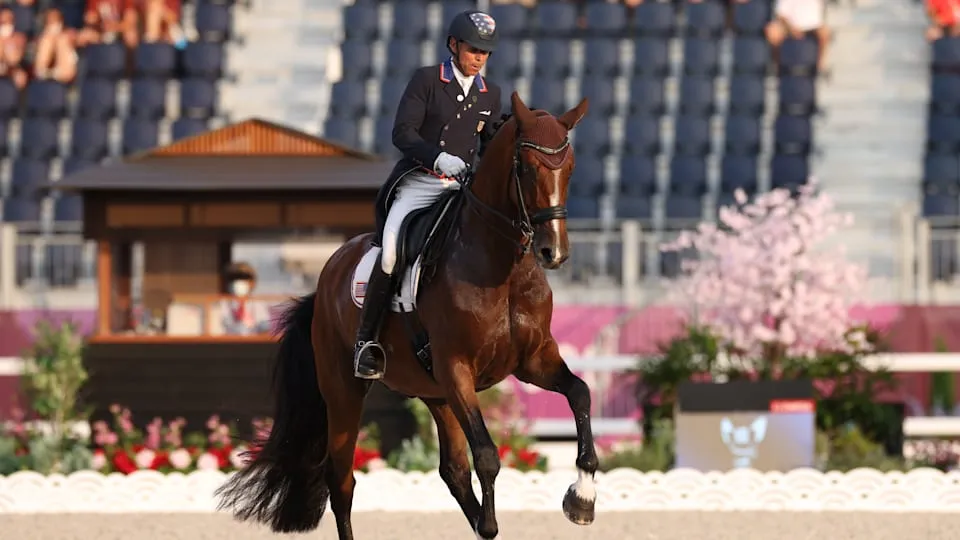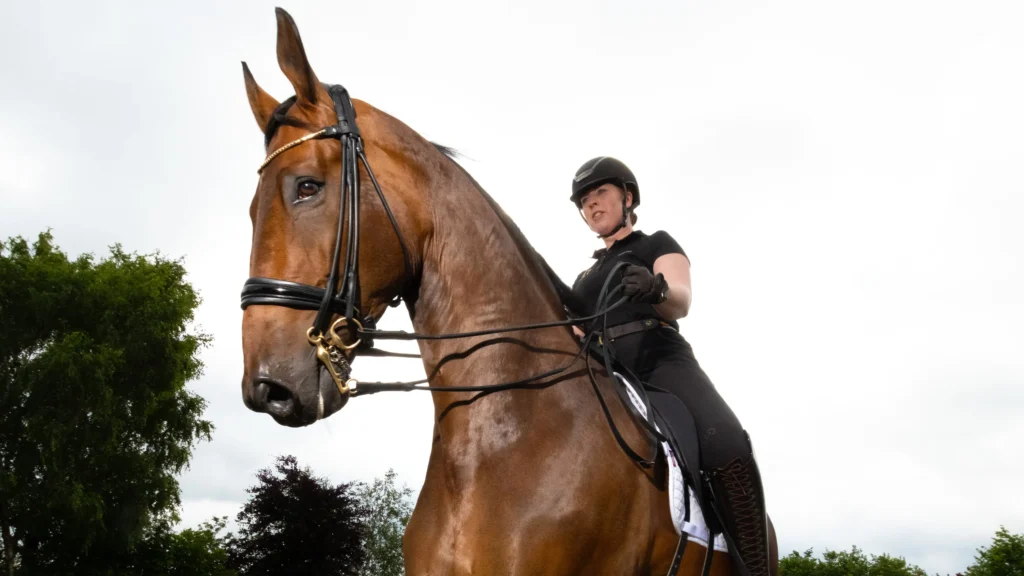
The marinera con caballo de paso fondo blanco is a stunning expression of Peruvian culture, seamlessly blending the elegance of traditional dance with the grace of the Peruvian Paso horse. This unique performance art captures the essence of the human-animal connection, showcasing a harmonious relationship that has deep roots in Peru’s history and traditions. In this article, we will delve into the intricate elements of the marinara, the significance of the Peruvian Paso horse, and the visual impact of performing against a white background.
Understanding the Marinera
The marinara is considered Peruvian’s national dance, to the amusement of flirtatious values in its well-composed dialogue among the couples. This dance stems from Peru’s coastal side, reflecting maturity about courtship and romance themes, normally done by a couple. The female dressed in a flowing skirt dances with charm, while the man is the ornament that combines with her dance movements portraying energy and balance as it assumes several postures.
The dance comprises playful gestures and flowing footwork and often the use of handkerchiefs, which they twirl and wave to create an aura that simulates a romantic conversation. Marinera has regional styles, but the essence of the dance is the same – a celebration of love and attraction.
The showmanship of the dance becomes magnificent when combined with the Peruvian Paso horse; in fact, it becomes a fine visual expression by both humans and horses in their practice as a beautiful couple.
The Majestic Peruvian Paso Horse
The main feature of the marinara con caballo de paso fondo blanco is the famous Peruvian Paso horse. This breed comes with a smooth, unique gait that is referred to as the “Paso Llano.” The Peruvian Paso glides as if it slips over the land without bouncing. This feature lets the horse perform with serenity and elegance that blend well with the fluidity of the marinara dance.
The rider has an authoritative position in this relationship; therefore, they give a horse command through subtle gestures and postures. The relationship between the rider and the horse is critical; therefore, they need to establish mutual comprehension and expression. In the marinara con caballo de paso, sometimes a rider dons traditional attire, which further emphasizes the cultural significance of the dance.
The existence of a horse adds another level of intricacy and elegance to this dance. When the artist dances aesthetically around the horse, the two form one single, more breathtaking unit than one. This dance requires precision and skill on the part of the artist, as well as the horse, whose movements need to flow together to create continuity with artistic motion.
The Significance of the White Background
One of the most striking aspects of the marinera con caballo de paso fondo blanco performance is the use of a white background. This minimalist backdrop serves several important purposes. First and foremost, it provides a clean canvas that draws the audience’s attention to the performers. The simplicity of the white background allows for a focus on the intricate details of the dance and the horse’s movements, eliminating any distractions that could detract from the performance.
Moreover, the white backdrop enhances the visual impact of the dancers’ colorful costumes and the horse’s majestic presence. Against this pure canvas, the vibrant hues of the traditional attire and the graceful movements of the marinera stand out, creating a mesmerizing visual spectacle. The contrast between the white background and the rich colors of the dancers’ outfits amplifies the overall aesthetic appeal, inviting viewers to immerse themselves in the performance.
The use of a white background also holds symbolic significance. It represents purity and simplicity, allowing the audience to engage more deeply with the cultural narrative being portrayed. In a world filled with distractions, the white canvas serves as a reminder of the importance of tradition and artistry, encouraging viewers to appreciate the beauty of the marinara and the Peruvian Paso horse.
The Cultural Significance of Marinera con Caballo de Paso
The marinera con caballo de paso fondo blanco is more than just a dance; it embodies the rich cultural heritage of Peru. This performance art reflects the diverse influences that have shaped Peruvian culture, including indigenous, Spanish, and African elements. The marinera symbolizes the courtship rituals of traditional society, while the Peruvian Paso horse represents the agricultural and pastoral heritage of the country.
The relationship between the rider and the horse, as well as between the dancer and the horse, serves as a metaphor for harmony and respect in Peruvian culture. The performance is a testament to the values of balance and teamwork, essential components in both traditional dance and the everyday lives of Peruvians. As audiences witness this intricate connection, they are reminded of the importance of cooperation and understanding in fostering strong relationships, both human and animal.
Moreover, the marinera con caballo de paso acts as a bridge between generations, preserving traditional practices that have been passed down through time. Each performance honors the legacy of those who came before while inspiring new generations to engage with their cultural heritage. This continuity is vital for maintaining the richness of Peru’s artistic landscape, ensuring that future audiences can experience the beauty of this dance.

The Visual Beauty of the Performance
The marinera con caballo de paso fondo blanco is a visually stunning performance that captivates audiences with its dynamic choreography and the elegance of the horse. The contrasting elements of the dancers’ vibrant costumes and the noble presence of the Peruvian Paso horse create a captivating visual experience.
The choreography is meticulously crafted, allowing the dancer to twirl and sway gracefully around the horse, while the rider maintains control with subtle movements. This interplay of movement creates an enchanting choreography that draws viewers into the narrative being presented. Each twirl, step, and gesture is executed with precision, showcasing the skill and artistry of the performers.
As the music plays, the rhythm of the marinara guides the movements of both the dancer and the horse, resulting in a mesmerizing synchronization that captivates the audience. The horse’s smooth gliding gait complements the dancer’s fluid movements, creating a seamless flow of artistry that is truly breathtaking.
Additionally, the visual impact of the performance is enhanced by the backdrop of a white canvas. Every turn of the dancer and every subtle movement of the horse is accentuated against the pure white, drawing the audience’s eye to the intricate details that make this dance special. This artistic choice emphasizes the beauty of the performance and allows for a deeper emotional connection to the cultural narrative being portrayed.
Conclusion
The marinera con caballo de paso fondo blanco is a captivating celebration of Peruvian culture, blending the elegance of traditional dance with the majesty of the Peruvian Paso horse. This unique performance art bridges the gap between human and animal artistry, showcasing a profound connection that transcends time and tradition.
Through its intricate choreography, vibrant costumes, and the striking visual impact of a white background, the marinera con caballo de paso captures the essence of Peruvian heritage. It serves as a reminder of the values of harmony, respect, and teamwork that are deeply embedded in Peruvian society.
As audiences experience this breathtaking performance, they are invited to immerse themselves in the rich tapestry of Peruvian culture—a culture that honors its past while inspiring future generations to carry on the tradition. The marinera con caballo de paso fondo blanco is more than just a dance; it is a vibrant expression of the heart and soul of Peru, celebrating the beauty of its history, artistry, and passion for life.